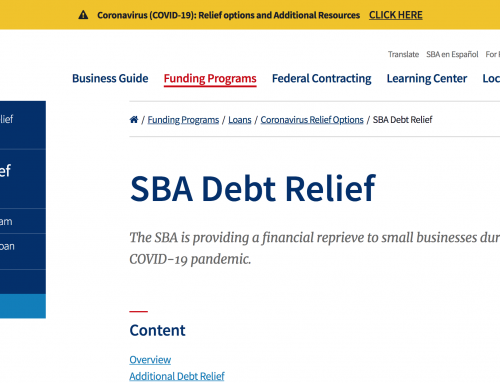Podcast: Play in new window | Download
Subscribe: Apple Podcasts | RSS
Using Financial Ratio Flashcards
Audio
Using Financial Ratio Flashcards
Topics
Using Financial Ratio Flashcards
Using Financial Ratio Flashcards
Financial Ratio Flashcards is an iOS app that covers the most important financial ratios using both flashcards along with written and audio lessons that cover ratio analysis, calculation, and key points. Accounting, finance, general business, and MBA students can benefit from the illustrative formulas. Utilize the search feature and audio narration for learning on the go. Examples draw from financial statements featured in the Accounting Flashcards module included in the app. Other accounting materials can be found on Kindle and PDF at AccountingPlay.com/Product. Be sure to subscribe to gain access to free materials and stay posted on other resources such as the Accounting Play Podcast.
Financial Ratio Flashcards may be used as a standalone resource or coordinate with business related curriculums. The financial analysis topics are also coordinated with illustrated accounting flashcards. Push on blue text within the lessons to go to relevant flashcards which may be in the ratios or accounting module. Some cards come free with the app, such as example financial statements. If a particular card or section is unlocked, you will receive a prompt to purchase the relevant content. Consider unlocking all the content at the same time for a substantial discount. See the Upgrade Section for more information.
Checkout the accounting lessons if you need a review of financial statements, terminology, and preparation. Utilize the bookmark feature to access the most relevant material when you need it. Ratios covered are often tested in standard exams such for becoming a CPA - Certified Public Accountant, CFA – Chartered Financial Analysis, and Chartered Certified Accountants. Please feel free to reach out personally to me at John@AccountingPlay.com and let us know how we are doing.
Financial Ratios in Concept
Audio
Financial Ratios in Concept
Topics
Stakeholders
Analysis
Decision Making
Stakeholders
Financial ratios are designed to be useful to any stakeholders of a business. Broadly defined, stakeholders may be anyone affected by the business: owners, employees, managers, creditors, customers, government, and well, pretty much anyone or any entity. For business owners, efficiency ratios may help analyze productivity by comparing important data such as the cost of goods sold and the revenue of the company. Investors and creditors will look closely at ratios which measure financial strength and profitability. Most ratios are created using financial statements prepared by accountants.
Financial ratios are relatively simple calculations if you have some experience with algebra. If not, the formulas can be broken down step by step if the math appears intimidating. I may have taken the beginning accounting class three times, but this was not due to any mathematical limitations.
The ratios covered use addition, subtraction, multiplication, and division.
Analysis
Ratios are used in the process known as analysis. Analysis has different forms or purposes including financial, managerial, economic, market, and competitive. The most common ratios are covered, but there are many other industry and investment specific ratios that exist. Some investors and analysts (those that analyze financial data) may also create their own ratios not covered in standard textbooks.
Ratios are tools utilized by analysts as part of the analytical process to understand different aspects of a business. Ratios are based on logical known relationships between financial statement line items such as assets and liabilities or revenue and expense. Let’s take business assets versus liabilities, also known as the acid test ratio (less exciting than it sounds). This ratio, also known as the debt to total assets ratio is comparing two major categories. If a company has 10 Million in liabilities and 1 Million in assets, the resulting ratio would be 10. An analyst could then compare this figure to other time periods or other companies.
Decision Making
Financial ratios show the relationship between different data points in order to make decisions. A major retail store for example, is constantly purchasing and selling inventory. The cost of this inventory, versus how much they sell it for, is significant to both the business and outside investors. This relationship can be expressed using gross profit margin.
Ratios should be useful to the end user. Small business owners can benefit from the use of a few basic ratios such as debt to assets, accounts receivable turnover, and gross profit margin. Large publically traded companies and related stakeholders will perform more in-depth analysis. Regardless of the stakeholder, there will be some usefulness to financial ratios when used in the appropriate context.





Leave A Comment